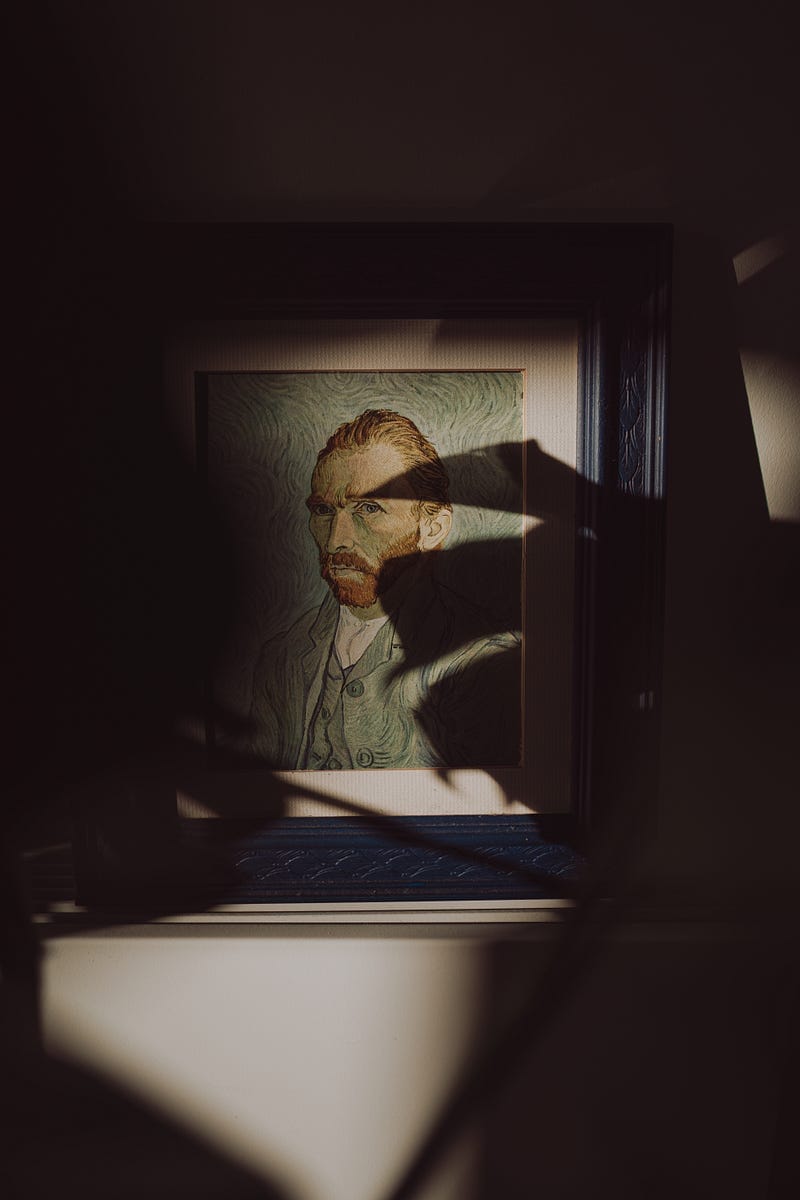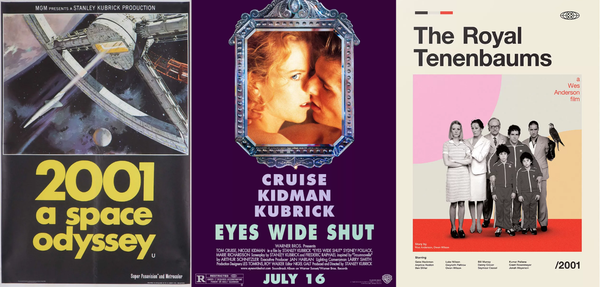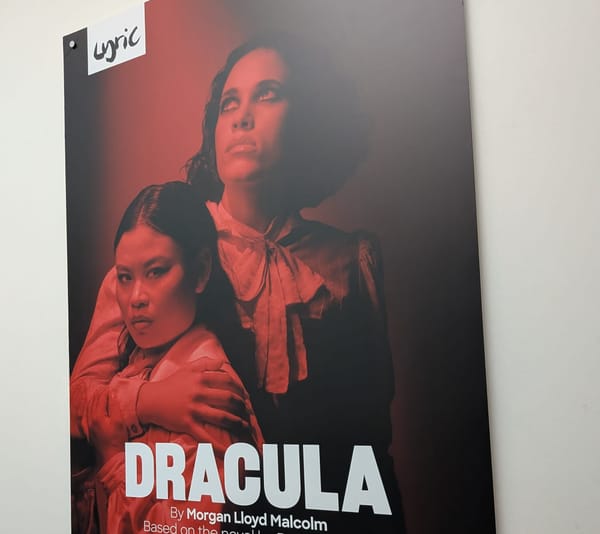Do You Really Want to Know Them?
Be careful what you wish for

Today’s piece is coming on the heels of a NYRB review of a new collection (a subset really) of the Van Gogh letters, a collection first launched in 2010 to such global fanfare that I found even myself, nowhere near being a fan, in the Van Gogh museum in Amsterdam looking at them. It turns out that six volumes were five too many for most people, even fans, but it’s been a long 11 years waiting for Bakker, Jansen and Luijten’s Vincent Van Gogh: A Life in Letters. It turns out Van Gogh was his own worst enemy. Who knew?
I had similar thoughts while reading about Lawrence Durrell’s time in Paris with Nin and Miller. I found myself wondering whether Nancy represented the common person in growing weary of all three of them and their bohemian hangers-on during that time. Nancy had not only to put up with their “artistic temperaments” but somehow found herself stumping up seed capital for their hare-brained publishing projects. As well as log-rolling their own output, they generously disposed of Nancy’s inheritance money on other dubious projects.
These revelations come not, as you might have guessed, from Amateurs in Eden but from the de facto official history of Durrell’s life by MacNiven. I cannot recommend this book highly enough as a starting point for your own Durrell appreciation society. The first two hundred pages have flown by, and there are many hundreds still to come. You interrupt my reading today during the Villa Seurat section. I so wanted to admire the three of them, living it large in Paris: Miller, Nin and Durrell. But really, as much as they promoted and sparked off each other, pushing themselves to new heights, they took away with the other hand from each other and, worse, from innocent bystanders.
It is no coincidence that I find myself reflecting on Durrell as I read about Van Gogh. The NYRB asks what the great artist would have made of his posthumous fame among the world’s billionaires. Not in connection with Durrell, of course, but I wonder, if Larry had done the odd painting, might he have been even better known? There are no novels in history that can fetch prices to match even fairly pedestrian artworks. Even the Codex Leicester, reported by the grand internet in the sky as the most expensive book in history, barely notches over $50 million in today’s money.
I think we are more accommodating of painters than writers. Many of the twentieth century’s greatest minds would have been stubbed out in today’s cancel culture before they attained a single short story. It makes you wonder. There was a time when we forgave virtually any heinous crime in the name of art, and artists exploited their licence to thrill in ways which would be considered criminal today. I make no defence of such behaviour, except to wonder whether the world would have quite so many artefacts to boast of if we had followed today’s puritanical kneejerkism over the last five hundred years or so.
It makes you wonder: admire the marble, the paintings and the clay, but don’t ask too many questions about who created it if you are even slightly squeamish. Creativity seems to either require immorality or else it sits perfectly well alongside. These are my thoughts today as I delve more into the days of the Villa Seurat.





